Chef Susan Barocas
ANCHUSA
Anchusa can be made thicker and more substantial like a casserole (or kugel) or thin and crispy. The onions, cooked to golden deliciousness, are critical here, so don’t skimp and feel free to add even more. The thinner version makes a very tasty, gluten-free pizza crust or appetizers ready for toppings when cut into small pieces.
2 16-ounce bags frozen chopped spinach, defrosted
3 tablespoons olive oil
2 large or 3 medium onions, diced
4 large eggs, beaten
1 cup matzo farfel or 1 1/2 sheets matzah, crumbled into small pieces (optional)
1 teaspoon salt or to taste
1/2 teaspoon pepper or to taste
1/2 cup shredded kashkaval* or sharp white cheddar cheese (optional)
Preheat oven to 350 degrees.
Open the bags of defrosted spinach into a strainer set in the sink and let drain there or over a large bowl. In the meantime, heat 2 tablespoons oil in a large sauté pan over medium heat and sauté onions, stirring occasionally until soft and golden brown, about 20-25 minutes. Turn down the heat if the onions are cooking too quickly; they should caramelize, not get crispy dark brown.
As the onions cook, squeeze all the moisture out of the spinach with your hands or the back of a large spoon. When the spinach is well-squeezed, put it in a large mixing bowl. Use a large spoon to mix in the fried onions. When well combined, add the beaten eggs, farfel or matzo pieces if using, salt and pepper and stir until everything is very well blended.
If using cheese, stir it into the mixture now before baking. Another option is to add the cheese to the top of the anshusa during last 10-15 minutes of baking.
Spread the remaining 1 tablespoon oil in a 9×9-inch baking dish or, for thinner, crispier results, on a 9×13-inch baking dish ir rimmed baking sheet. Heat the oiled baking dish or sheet in the oven for 3 to 4 minutes. When the pan is very hot, take it out of the oven and quickly spoon the mixture into the baking dish, hearing it sizzle. This will help ensure a crusty bottom. Pat the mixture so it’s evenly distributed with a smooth top. Bake according to how thick the mixture is until turning golden brown and crusty, about 45 minutes as a casserole, 30-35 in the baking sheet. Serve hot, at room temperature or cold.
* Kashkaval is a hard sheep’s cheese from the Balkans, available at specialty markets and some Middle Eastern markets.
Prep ahead
· Defrost spinach and put in a strainer over a large bowl
· Dice onions
Equipment
· Cutting board
· 6- to 8-inch knife for dicing
· Strainer (preferably not a colander as the spinach can fall through the holes)
· 2 large mixing bowls
· Metal or wooden spoon
· 12-inch sauté pan (or 10-inch if that’s what you have)
· 9×9-inch baking dish, or 9×12-inch baking dish or rimmed baking sheet
QUAJADO DE PRASA
Leek and Potato Casserole
Quajado (kuajado in Ladino)—aka sfongato, asfongato, almodrote, frittata—is traditionally made with vegetables, eggs and cheese, although the cheese can be left out to create a non-diary dish. The dish is served for breakfast, brunch, lunch or dinner, as a main course or a side. Because it holds up well to cutting and is enjoyable served at room temperature as well as hot, it’s also a good side dish, buffet offering or, when cut into small squares, an appetizer. Satisfying any time, quajado is especially popular at Passover when eating leeks is part of the Sephardic tradition. It works best to use starchy potatoes that mash well.
4-5 large Russet or Yukon gold potatoes (about 3 pounds)
6 to 7 leeks (3-3 1/2 pounds)
1 large or 2 medium carrots, shredded (about 3/4 cup)
5 large eggs, well beaten
1 teaspoon salt (less if using feta or another salty cheese)
1/2 to 1 teaspoon ground black pepper or to taste
3/4 cup crumbled feta or shredded hard cheese such as parmesan or kashkaval* (optional)
2 tablespoons + 1 teaspoon olive oil
Peel and cut potatoes into even pieces about 1” in size. Set aside in a bowl of cold water.
Cut off dark green tops of the leeks and save for making vegetable stock. (Wash and store in the freezer until ready to use.) Cut off the roots at the very end of each leek. Pull off a couple of the tough outer layers of the leek, wash and save for stock. Split each leek lengthwise and then cut across into half-inch pieces, resulting in 8-9 cups of leek pieces. Place in a strainer and wash well under cold water. Set the strainer into a large bowl and fill with cold water. Swish the leek pieces with your hand, then let stand a few minutes so the dirt settles the bottom of the bowl. Lift out the strainer and rinse again under cool running water. Toss and mix the leeks, checking for remaining dirt. If needed, rinse the bowl well and repeat the process.
Place a steamer basket into a very large pot with a few inches of water that does not come over the bottom of the steamer. Bring the water to a boil and put the potato pieces in the basket first, then the leeks on top. (By steaming, you eliminate a lot of the moisture the leeks get from boiling.) Cover the pot, turn the heat to medium low and let the potatoes and leeks cook about 20 minutes until both are soft.
Preheat the oven to 350 degrees.
Put the cooked leeks and potatoes into a large mixing bowl and mash together very well. Mix in the shredded carrots if using. Add the beaten eggs, salt, pepper and cheese and stir to combine well.
Swirl 2 tablespoons oil in a 9×12-inch glass baking dish, then place it in the hot oven for 3 to 4 minutes. Heating the pan with the oil helps create a crust on the bottom and sides of the casserole. Once the baking dish is hot, carefully remove it from the oven. Working quickly, pour in the leek-potato mixture and spread it out evenly, patting the top smooth. Lightly brush the top with the remaining 1 tablespoon of oil. Bake, uncovered, for about 45-50 minutes, or until the center is firm and the edges golden brown.
Let cool for about 10 minutes before cutting, if serving immediately. Serve warm or at room temperature. Cooked quajado can be refrigerated for up to 5 days or frozen for up to 6 weeks. To serve, defrost and heat in a 350-degree oven, covered for the first 10 minutes, then uncovered for another 10 minutes or until heated through.
Note: Other vegetables can be used in various combinations totaling 3 to 4 cups including raw shredded zucchini (salt lightly, let stand for 15-20 min, then squeeze out as much liquid as possible), blanched chopped spinach (also with liquid squeezed out) or roasted, drained and mashed eggplants.
Questions, comments, feedback? Contact me at shbarocas2@gmail.com
Tag and follow me on Instagram @susanbarocas and Facebook

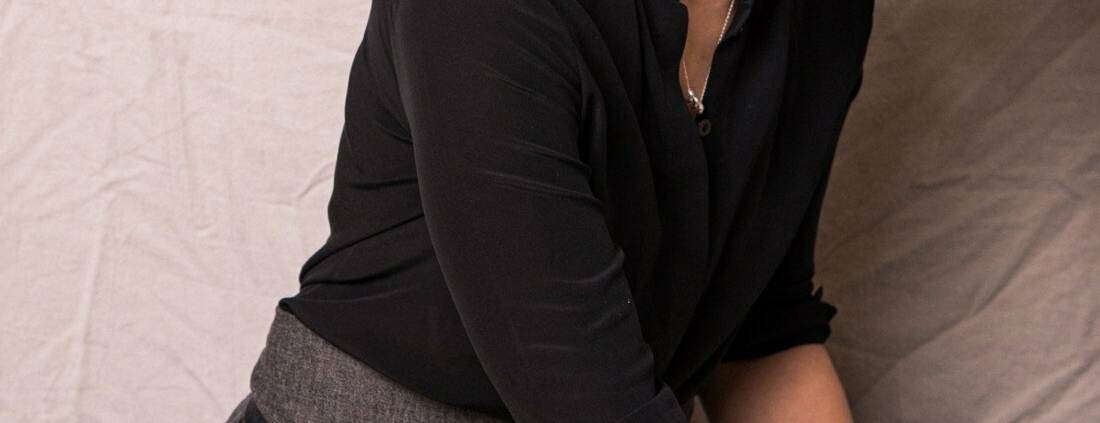
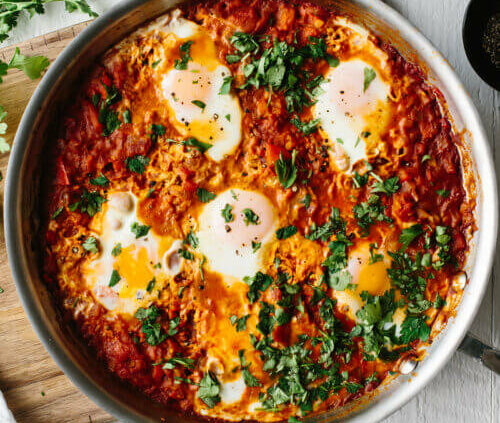
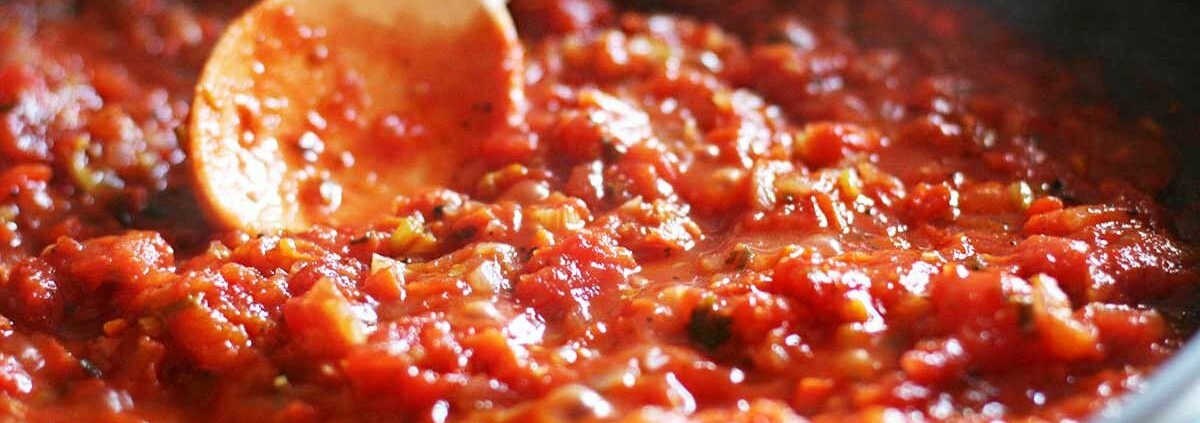
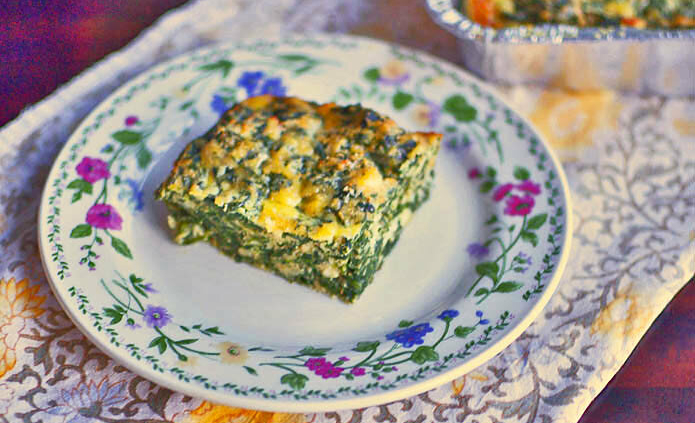
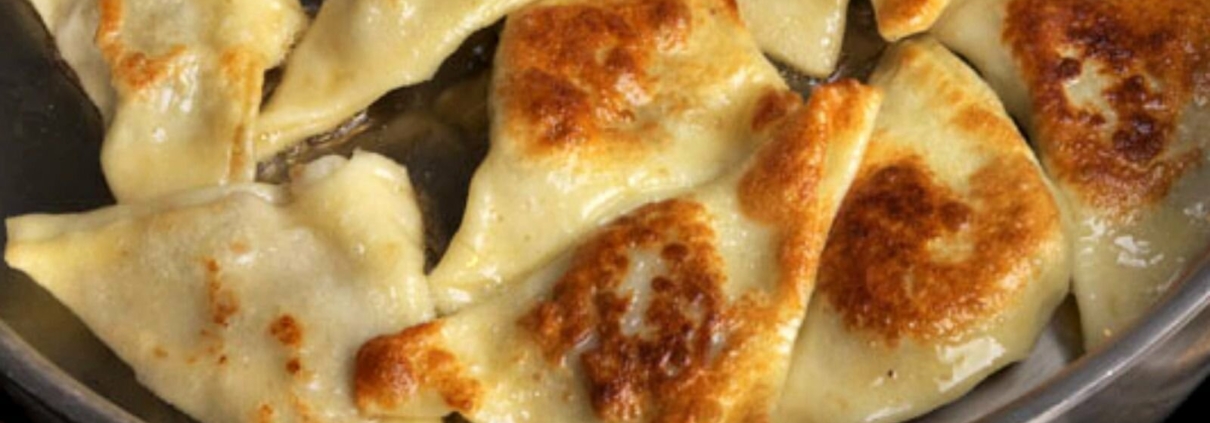
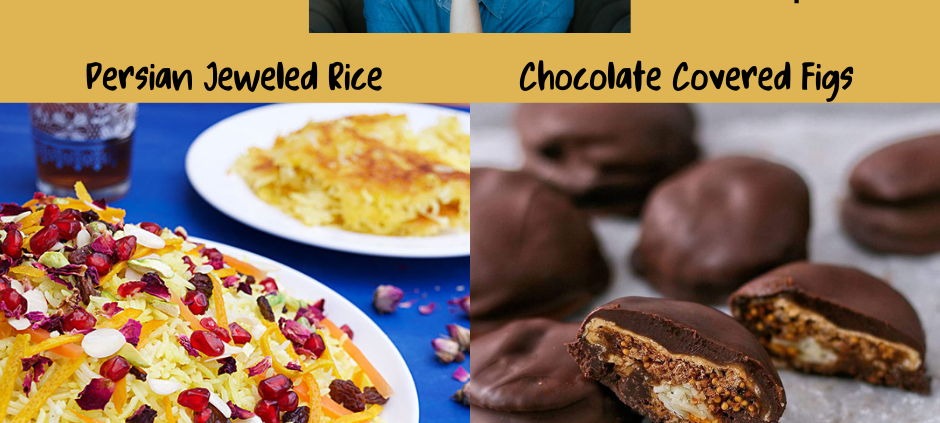


 Evan J. Krame was ordained as a rabbi by the
Evan J. Krame was ordained as a rabbi by the